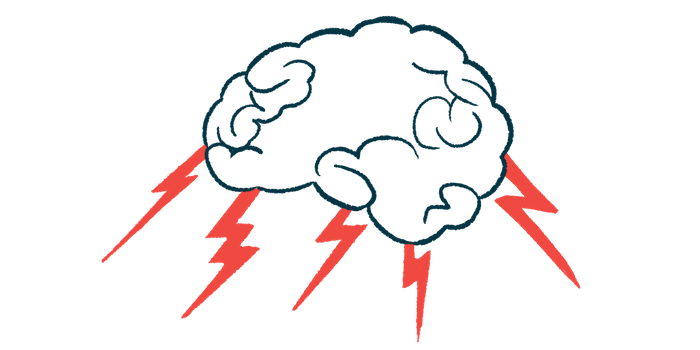Digital tool shortens time of initial programming for DBS
MAP DBS should improve efficiency of deep brain stimulation, study suggests

A new digital tool called MAP DBS may help improve the efficiency of deep brain stimulation (DBS) for people with Parkinson’s disease, a new study suggests.
“We showed that MAP DBS can improve the time spent at the initial DBS programming visit when compared to [standard-of-care] procedures, which has been traditionally burdensome and time consuming,” the researchers wrote.
The study, “Interactive mobile application for Parkinson’s disease deep brain stimulation (MAP DBS): An open-label, multicenter, randomized, controlled clinical trial,” was published in Parkinsonism and Related Disorders.
DBS is a surgical treatment for Parkinson’s motor symptoms that involves implanting an electrode into the brain to provide gentle electric stimulation to specific brain regions. For each patient, the specific programming of electrical stimulation is optimized for best control of symptoms. This optimization process is often done via trial-and-error over the course of several clinical visits, which is time-consuming and relies heavily on the expertise of the clinician to get the best outcomes.
A team of scientists in the U.S. and Canada created a new digital tool, called Mobile Application for Parkinson’s DBS (MAP DBS), that aims to help guide clinicians through the optimization process as efficiently as possible. Here the researchers conducted a trial to test whether using MAP DBS could improve outcomes for patients.
72 participants in MAP DBS clinical trial
The clinical trial (NCT02474459), sponsored by the University of Utah, enrolled 72 people with Parkinson’s at six sites in the U.S. All participants underwent DBS. Thirty five were assigned to undergo optimization via MAP DBS, while 37 were optimized using standard-of-care methods. Patients in both groups attended the vast majority of planned clinical visits, and unplanned visits were rare in both groups.
Results showed that the average time spent during the initial DBS programming session was significantly shorter for patients given MAP DBS (27.4 vs. 43.8 minutes). Over the course of six months in the study, the total time spent on optimization programming tended to be slightly shorter among patients with MAP DBS, but the difference was not statistically significant, meaning it is mathematically possible this difference could be due to random chance.
“MAP DBS increased the efficiency of the initial programming visit, although it did not significantly affect the overall total programming time during the study period,” the researchers wrote.
To assess how the treatment affected patients’ symptoms, the researchers used the Unified Parkinson’s Disease Rating Scale (UPDRS). Findings showed no difference between MAP DBS and standard-of-care DBS in terms of non-motor symptoms or motor symptoms while off of medication.
However, while patients were on medication, MAP DBS eased motor symptoms significantly more than standard-of-care (average decrease of 7 vs. 2.7 points on part three of the UPDRS). This suggests that “MAP DBS helped expert clinicians identify more effective stimulation settings for patients,” the researchers wrote.
Scores related to patient quality of life and caregiver burden were comparable for patients given MAP DBS or standard-of-care DBS.
Collectively, these results “support MAP DBS as an effective and simple-to-use programming tool” for Parkinson’s patients undergoing DBS, the researchers concluded, noting that work to evaluate and improve this tool is ongoing.







